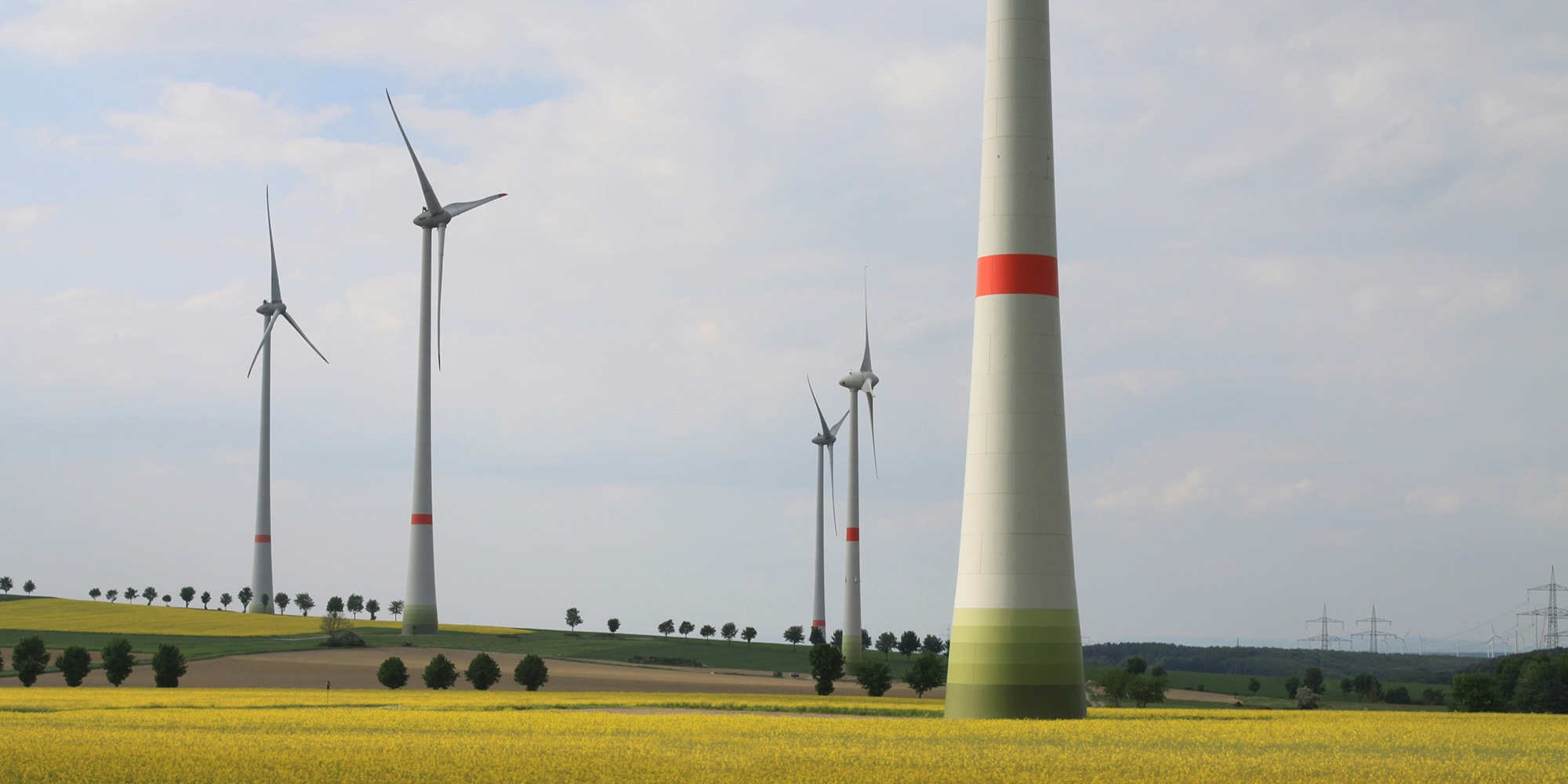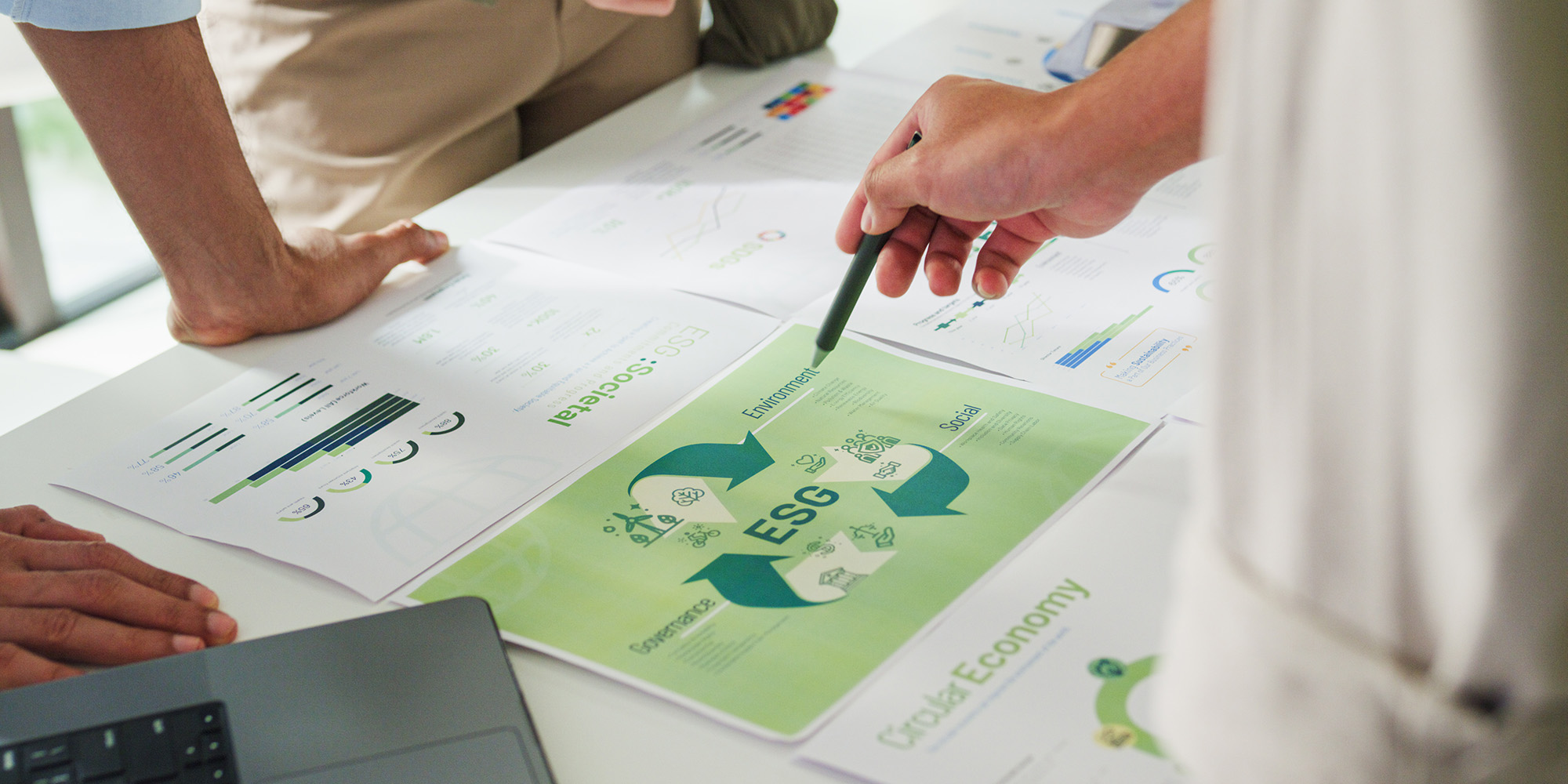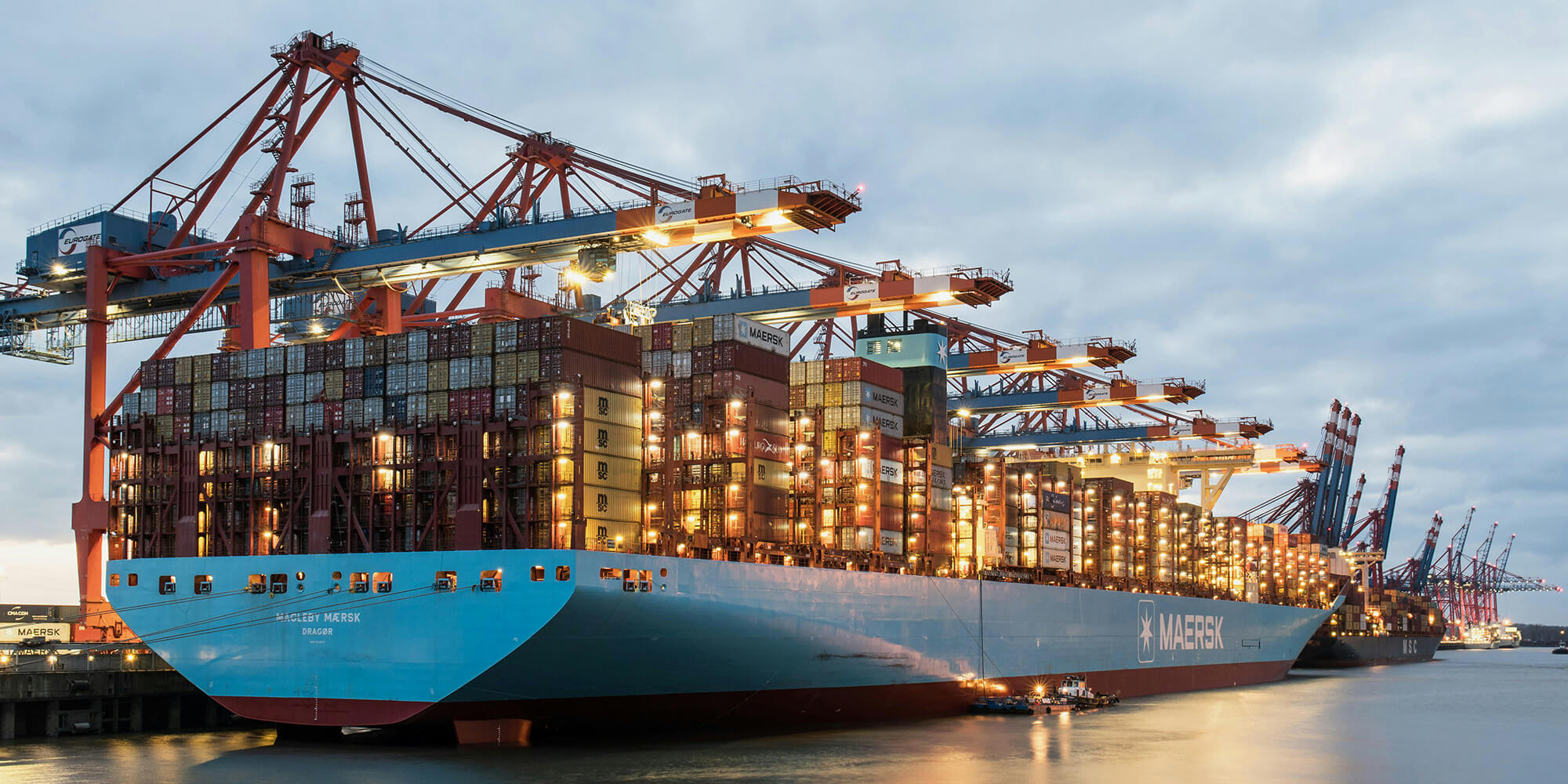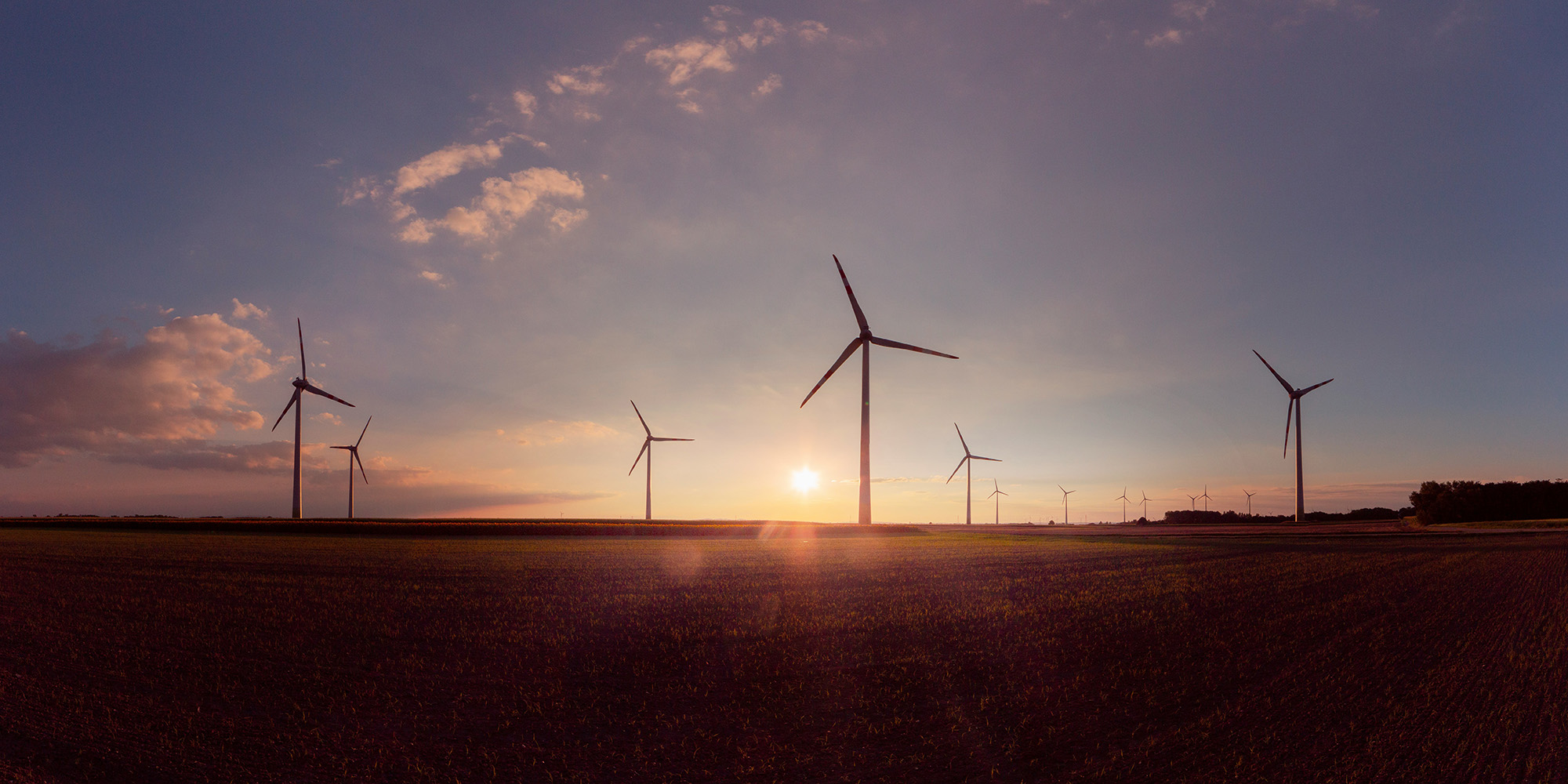Funding a fast energy transition
Limiting global heating requires a fast transition from fossil to renewable power generation. The need for investments is high. The purchasing of documented renewable energy represents significant revenue streams, and the interest to understand how this could be captured and reinvested in new renewable energy, has become a hot topic.
In October last year, the UN International Panel on Climate Change (IPCC) launched its special report on the impact of global warming of 1.5o C. For those following the climate debate over time, there were few surprises. Mostly gloomy facts about the consequences of not acting in time.

Unfortunately, 2018 was not a good year for the global climate, and the fight to curb global heating is now intensifying. We have seen numerous new temperature records, continued increase in global greenhouse gas (GHG) emissions and more extreme weather than ever before. All quite scary.
Renewable power is widely recognised as a key component in the transition to a low-carbon society, but focus has primarily been on supply issues such as technology development and falling costs. Fewer have recognised the ability of the market to contribute.
2018 – a break-through year
2018 was an encouraging year for the global market of documented renewable energy with rapid growth and increased demand of Energy Attribute Certificates (EACs). Especially the European market came on fire during the last year with prices soaring to well above EUR 2 for standard Guarantees of Origin (1 MWh). The combination of steady growth in demand and higher prices seemed to be a wake-up call for many stakeholders, consumers and policy makers. Suddenly, the purchasing of documented renewable energy represented significant revenue streams, and the interest to understand how this could be captured and reinvested became a hot topic.
A critical 10-year window of action – with doubling of renewable share globally
The IPCC report lays out key targets and pathways needed to limit global warming to 1.5 degrees. The report defines a critical 10-year window of action ending in 2030. By 2030, global CO2 emissions need to be reduced by at least 45%, compared to 2010 levels.
One of the critical elements in reaching the 45% reduction, is a fast transition from fossil to renewable power generation. On a global scale the renewable share needs to double from 25% to 50% by 2030.
Today approximately 6,000 TWh of power is generated from renewable sources. To reach 50% renewable share in 2030, the world needs another 8,000 TWh of annual renewable generation. It is a daunting task but still very much within reach.
European renewable generation needs to grow with 500 TWh by 2030
To make the case even more specific, we can look at Europe and use the “famous” 2020 targets established by the European Union as a starting point. In a 2020 context the renewable share in the power sector will be 40%.
The 2030 targets establish a clear path moving forward. The overall European power consumption is not expected to grow, meaning that all new renewables can displace fossil-based generation. The renewable power share needs to grow to 55% in 2030, not too far from the global target.
To reach 55%, the renewable generation needs to grow by 500 TWh by 2030 – from 1,400 TWh to 1,900 TWh. This seems like a serious challenge, both financially and timewise. All efforts will be needed!
Purchasing renewable energy provides EUR 21.5 billion of new investment in wind and solar
The key question is how this challenge is interlinked – if at all – with the growing willingness to procure renewable power – especially by ambitious corporate companies.
Today the size of the European market for Guarantees of Origin is approximately 700 TWh. Market demand is expected to grow at same rate as the last 10 years – at around 8-9%. When you do the math, it means the market will grow with 900 TWh the next 10 years – and reach total annual volume of 1,600 TWh in 2030.

This sounds like a high number but the 1,600 TWh is still only 47% of all European power consumed in 2030, and still 300 TWh of renewable generation is yet to be certified and issued to the market.
The accumulated volume of new Guarantees of Origin (GOs) purchased in the market the next 10 years will be 12,000 TWh. This is a large number – a very large number! As everyone knows volume curves are cool, but it is of course the money that counts. The big challenge is how we convert an expected growth in market uptake into value and real impact.
With 2018 fresh in mind we assume EUR 1.0 flat as a base price in 2020, increasing to EUR 2.5 in 2030. To be clear, this is not based on an in-depth analysis, but is certainly a conservative estimation.
The effect of the described market growth coupled with a careful price increase is a huge new revenue stream of EUR 21.5 billion! As a reference, keep in mind that according to Bloomberg New Energy Finance, Europe invested USD 40 billion in renewables in 2017.
100 TWh of new solar and wind annual generation by 2030
Although the GO revenue stream is accumulated over 10 years, 21.5 billion is almost shockingly high. With this investment figure on the table, the key question is how much new generation this can bring to the European market. Assuming that not all of the GO revenue reaches producers, investors or utilities, we have rounded the figure to 20 billion even. Further we assume a 60% gearing, and evenly investments in solar and wind production assets.
The calculation also assumes that the cost of renewables remains at current levels – a conservative assumption since it is quite likely there will be a continued fall in technology costs for both solar and wind.
The result is still that 50 GW of new solar and wind capacity can be built between 2020 and 2030 – resulting in 100 TWh new annual generation in 2030. Compared to the EU 2030 target of 500 TWh, this is a significant contribution.
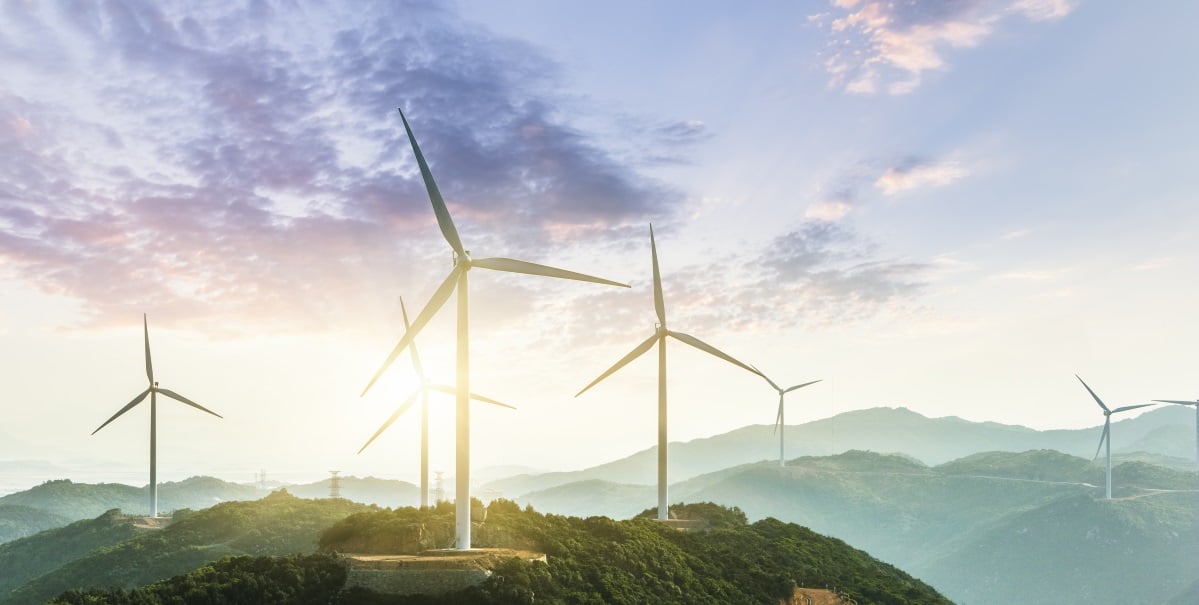
An even higher global potential?
The described scenario is of course a European-based case and alone this will not be large enough to lift the global need for renewables towards 2030.
But the figures do show that similar results can be expected across other geographies, provided that open standards and effective tracking systems are deployed and promoted. Especially the use of the I-REC standard has huge potential in markets in Asia, Latin America and Africa.
The key – across all geographies – is to capture and direct new revenues to renewable projects.
Enabling consumers and businesses access to renewables through transparent tracking standards, like GOs, RECs and I-RECs can have a profound impact on the generation of more renewables and to reaching the 1.5-degree target.


.png?width=3840&height=2560&name=Sun(1).png)

.png?width=3840&height=2560&name=Landscape_2(1).png)
